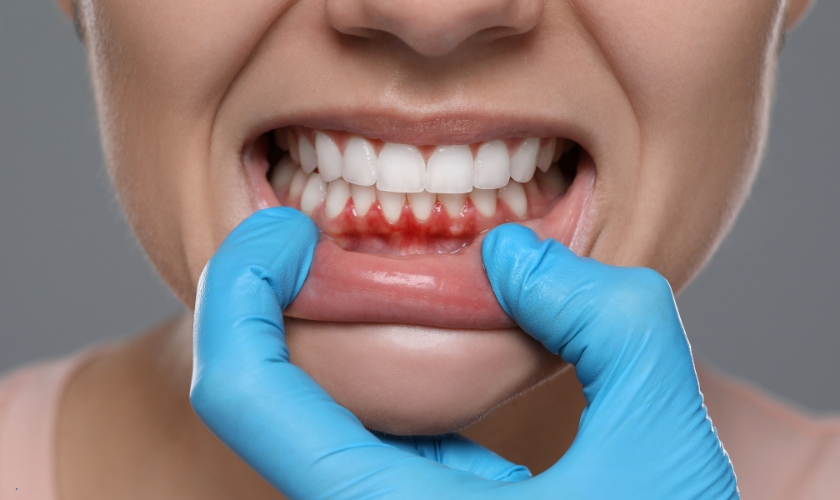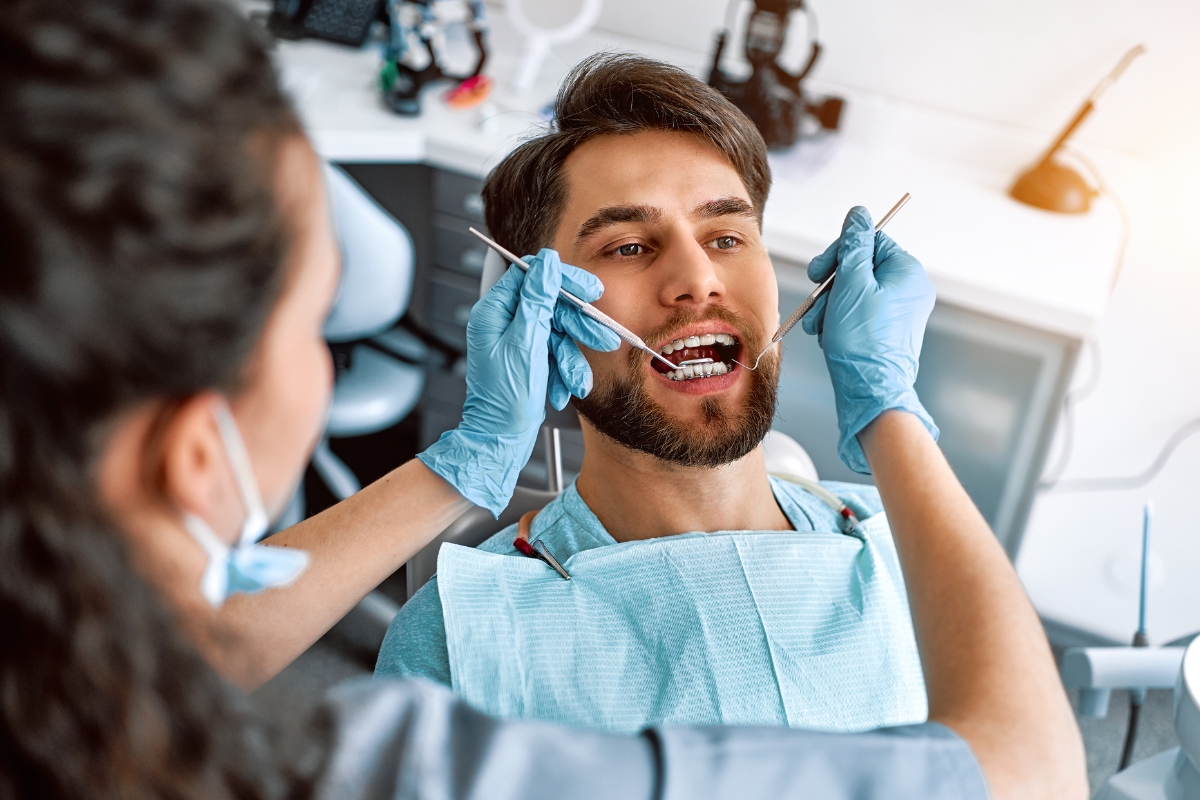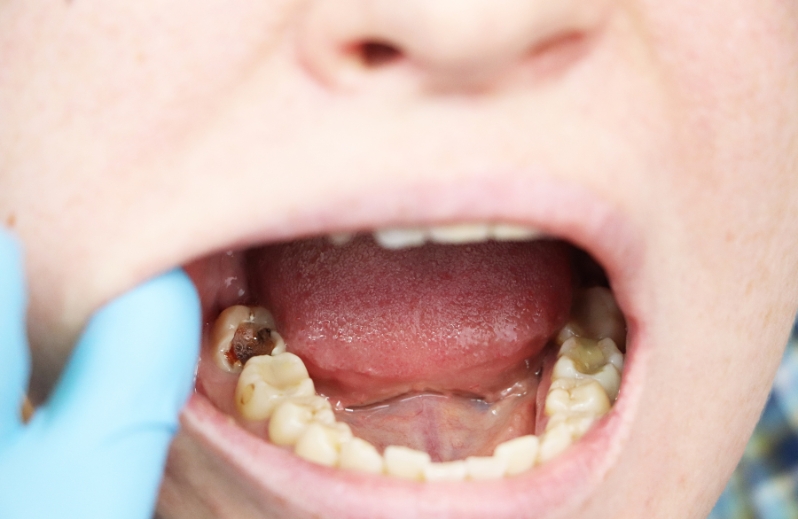
Healthy gums are an essential part of oral health, serving as a foundation for your teeth and protecting against infection and disease. However, when your gums turn red, it may indicate the existence of underlying problems that require care. Red gums are often an indicator of inflammation or infection, which can have various causes.
In this article, we’ll explore the reasons behind red gums, how to address them, and the importance of regular dental care from professionals in general dentistry.
Understanding Red Gums
Red gums typically signal inflammation and can be a symptom of several dental conditions. Gums in good health should be firm and rosy, thus noticing a change in color can indicate that something is wrong. Here are some common causes of red gums:
1. Gingivitis
Gingivitis is the mildest form of gum disease and is caused by tooth decay caused by plaque buildup. When left unchecked, plaque—a sticky layer of bacteria—can accumulate on teeth and gums and cause gum disease.
- Symptoms: Redness, swelling, bleeding during brushing or flossing, and bad breath.
- Prevention and Treatment: Regular oral hygiene practices, including brushing twice a day and flossing daily, can help prevent gingivitis. Professional cleaning by a general dentist in Penn Township can effectively treat gingivitis by removing plaque and tartar.
2. Periodontitis
Gingivitis can turn into periodontitis, a more serious kind of gum disease that damages the tissues that support teeth if it is not treated. Gum recession, tooth loss, and jawbone deterioration can result from periodontitis.
- Symptoms: Red, swollen, or tender gums, receding gums, deep pockets between teeth and gums, loose or shifting teeth, and pus between teeth and gums.
- Prevention and Treatment: Good oral hygiene and regular visits to a dentist specializing in general dentistry in Penn Township can help prevent periodontitis. Treatment may include scaling and root planing, antibiotic therapy, and in severe cases, surgery to restore damaged tissue and bone.
3. Poor Oral Hygiene
Neglecting oral hygiene leads to plaque buildup, which can irritate and inflame the gums, causing them to turn red.
- Symptoms: Bad breath, red and swollen gums, visible plaque or tartar, and cavities.
- Prevention and Treatment: Maintaining a consistent oral hygiene routine and visiting a dentist for regular check-ups and cleanings are crucial in preventing gum inflammation due to poor hygiene.
4. Hormonal Changes
Hormonal fluctuations during puberty, menstruation, pregnancy, and menopause may enhance blood flow to the gums, causing them to become more delicate and prone to redness and swelling.
- Symptoms: Red, tender, or swollen gums, especially around certain times of hormonal changes.
- Prevention and Treatment: Women experiencing gum issues due to hormonal changes should maintain proper oral hygiene, schedule routine examinations with the dentist, and advice tailored to their needs.
5. Ill-Fitting Dental Appliances
Dental appliances such as braces, and dentures, moreover, poorly fitting bridges might aggravate the gums, causing them to become red and inflamed.
- Symptoms: Redness, soreness, and irritation around the gums where the appliance makes contact.
- Prevention and Treatment: Regular adjustments and check-ups with a dentist specializing in general dentistry in Penn Township can ensure that dental appliances fit correctly and do not cause gum irritation.
6. Vitamin Deficiencies
Deficiencies in vitamins, particularly vitamin C, can lead to gum problems. Gum health depends on vitamin C, and a shortage can cause scurvy, characterized by bleeding and swollen gums.
- Symptoms: Red, swollen gums, bleeding gums, and slow wound healing.
- Prevention and Treatment: Ensuring a balanced diet rich in fruits and vegetables and considering supplements, if necessary, can prevent vitamin deficiencies that affect gum health.
7. Smoking and Tobacco Use
Smoking and tobacco use can impair blood flow to the gums, increase plaque buildup, and reduce the immune system’s ability to fight infection, leading to red and inflamed gums.
- Symptoms: Red, swollen gums, bad breath, and a higher risk of gum disease.
- Prevention and Treatment: Quitting smoking and tobacco use is crucial for improving gum health. Regular dental check-ups can help manage and treat the effects of tobacco on the gums.
8. Certain Medications
Certain medicines, such as blood pressure pills and anti-seizure drugs, and immunosuppressants, can cause gum inflammation and redness as a side effect.
- Symptoms: Red, swollen gums, sometimes accompanied by an overgrowth of gum tissue.
- Prevention and Treatment: Informing your dentist about any medications you are taking can help them tailor treatment to manage side effects on gum health.
Importance of General Dentistry
Regular visits to a general dentist in Penn Township are crucial for maintaining gum health and preventing issues like red gums.Here are some benefits of routine dental care:
- Professional Cleanings: Regular cleanings help remove plaque and tartar, reducing the risk of gum disease.
- Early Detection: In the early stages, dentists can recognize gum problems and provide timely treatment to prevent progression.
- Personalized Advice: Dentists can offer tailored advice on oral hygiene practices and lifestyle changes to promote gum health.
- Monitoring Oral Health: Regular check-ups allow dentists to monitor changes in gum health and adjust treatment plans as needed.
Red gums are a common symptom of various dental issues, ranging from mild irritation to severe gum disease. Understanding the causes of red gums and seeking timely treatment is crucial for maintaining oral health. General dentistry in Penn Township can help prevent and address gum problems, ensuring a healthy and confident smile.
By taking proactive steps for your oral health and seeking expert treatment, you can keep your gums healthy and avoid complications from untreated gum issues. If your gums turn red, don’t hesitate to contact a dentist for a thorough evaluation and a personalized treatment plan.




